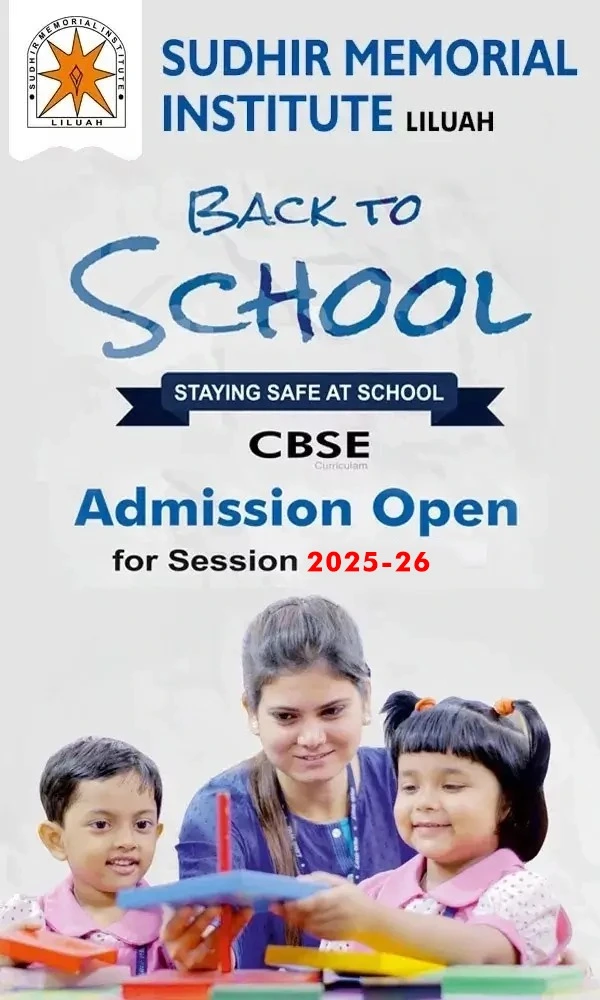Since the Industrial Revolution in the 18th & 19th century, the tradition of home or community schooling often conducted by a single teacher has disappeared. The education system has gradually been transformed into a human supply chain schooling system, which is entered on an educational institution, most commonly the school. As we are now in the 21st century, nations around the world are all grappling with what the next transformation in educational system will be in this information age. India however continues to face the same problems in this spear as it had in the 20th century i.e. the challenge of quantity and quality for its primary, as well as, higher education among a population of 1.3 billion people.
India has woken up to its primary school deficit some 70 years after Independence. Since then, the quantity problem in primary education has being tackled, but at a tremendously slow pace. Authorities at Sudhir Memorial Institute Liluah, one of the top cbse schools in howrah, believe that awareness about such sedated pace of change is the first step to solve this issue
Here is the Annual Status of Education Report (ASER), which is basically a report based on household survey. It is reputed to be a consistent and reliable source of information on the quantity and quality of primary education in India. It’s been conducted annually since 2004, and happens to cover more than 90% of India’s districts in a statistically rigorous manner. According to this report, in the period between 2006 to 2014, there has been a decline in children, who have not enrolled from about 4% at the beginning of 2006 to about 2% in 2014. It also shows a steady increase in the number of children enrolled in private schools from about 20% to a little over 30% over 2006 to 2014 time period. The trends in quality measured in reading, arithmetic and English are quite disconcerting. Private schools tend to perform better than government schools, though there is substantial room for improvement in their performance as well. There is an appalling variation among states in both quantity and quality of education.
While the numbers have improved on an overall basis, we must remember that such a change has taken place from 2006 to 2014. In a rapidly changing world, if India is to progress at a rapid pace, improvement in its educational scenario needs to take place at a tremendous rate. Much more faster than what the ASER report shows.





